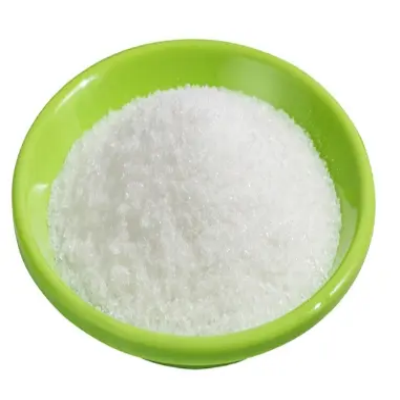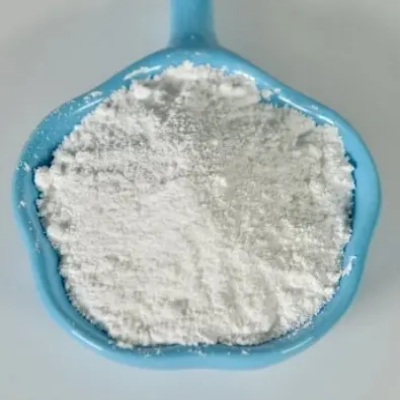Capsaicin CAS:404-86-4
Capsaicin is commonly used for its potential to support pain management, particularly in topical formulations targeting muscle or joint discomfort. Its ability to modulate sensory nerve function may contribute to its analgesic effects, making it a popular ingredient in creams, balms, and patches designed to alleviate minor aches and pains. Additionally, capsaicin's impact on thermogenesis and metabolism has led to its use in supplements aimed at supporting weight management and promoting metabolic health. Individuals seeking natural approaches to manage minor pain, such as sore muscles or arthritis-related discomfort, may consider incorporating capsaicin-based topical products into their routines. When using capsaicin-containing products, it's important to follow application instructions provided by manufacturers and be mindful of proper handling to prevent skin irritation. For those considering capsaicin supplements for their potential metabolic benefits, professional guidance from healthcare providers is advisable, especially when managing specific health conditions or medications. Due to its potential interactions and individual tolerances, discussing the appropriateness and dosages with qualified experts can help ensure safe and effective use within personalized health regimens. While capsaicin presents potential benefits for pain relief and metabolic support, individuals should exercise caution, seek professional advice, and perform patch tests for topical products, particularly if they have sensitive skin or specific health concerns. Comprehensive discussions with qualified healthcare professionals are recommended to determine the suitability and potential benefits of capsaicin use within individual health contexts.



| Composition | C18H27NO3 |
| Assay | 99% |
| Appearance | white powder |
| CAS No. | 404-86-4 |
| Packing | Small and bulk |
| Shelf Life | 2 years |
| Storage | Store in cool and dry area |
| Certification | ISO. |


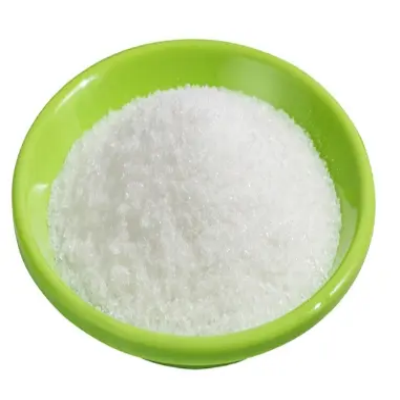

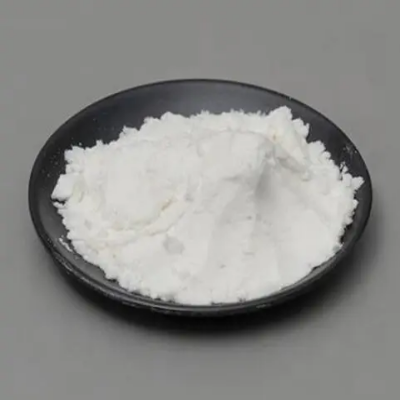
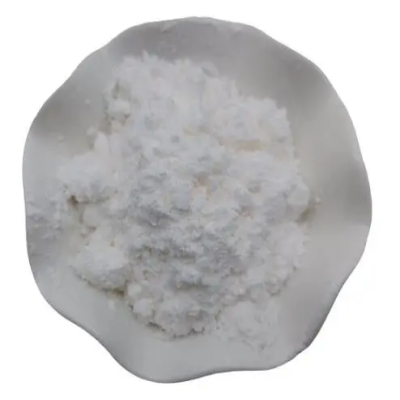
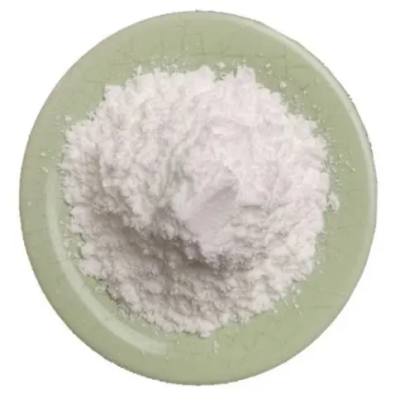
![[1,1'-Bis(diphenylphosphino)ferrocene]dichloropalladium(II) CAS:72287-26-4](https://cdn.globalso.com/xindaobiotech/HSUS81DS80Y35NTEZTU8.png)
